Male Grooming
new trend or old tradition?
Male Grooming
new trend or old tradition?
“Honey, can I borrow your makeup?”
… that’s not a question you may hear men asking their wives or girlfriends very often. But, if recent evidence is any indication, it may soon be.
Men have begun to spend more money on male-specific cosmetics other than shaving products. More and more men are putting more effort into looking good.
It’s about and the desire to feel more attractive, more successful, and increasingly, more youthful.
With thicker, tougher and oilier skins than women (in general), men face a distinct set of challenges when it comes to their skin health. Add shaving as a skin sensitizing activity, and you have a “tough” job on hand.
Cosmetic products needs for men – Same, same but different …
- Products specifically designed for men
- Keeping men‘s skin biological needs in mind
- Straight-forward advertising and branding
- Safe ingredients and ethical practices
- Selling on digital platforms
- Hassle-free convenience products
- „Technical“ design
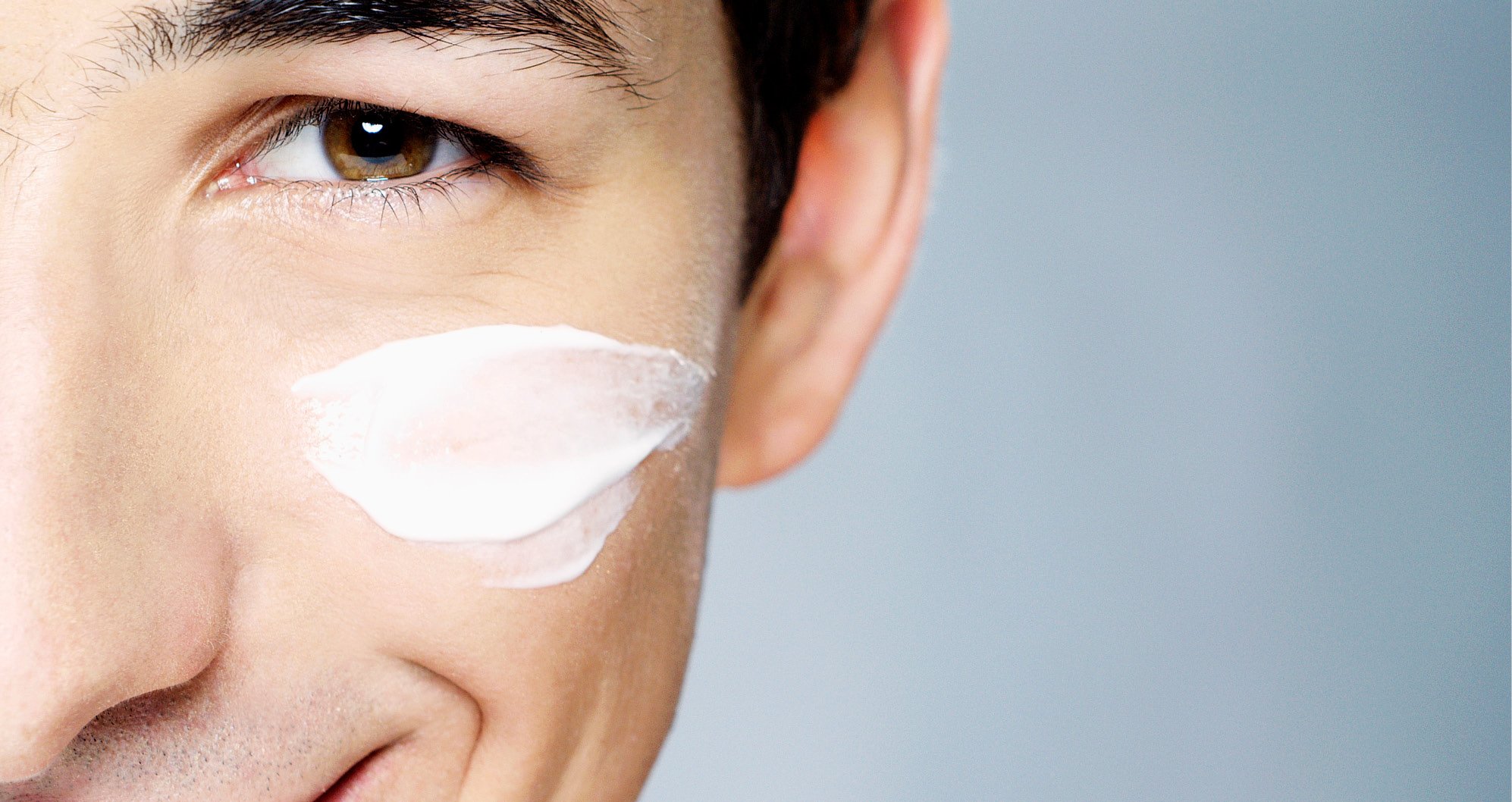
So what’s the history of male cosmetics?
Tribal Cosmetics
- Cultural make-up of many societies exists since the beginning of time.
- Tribal make-up plays a key role in many of the various groups.
- The make-up, often in the form of face paint, is used for many different reasons and can signify many different. things such as hunting, religious and traditional reasons, military purposes or to scare an enemy.
- It also functions as social markers, distinguishing boys from men, men from older men, men from women and members of the tribe from outsiders.
- Face painting indicates status and they convey a strong cultural meaning.
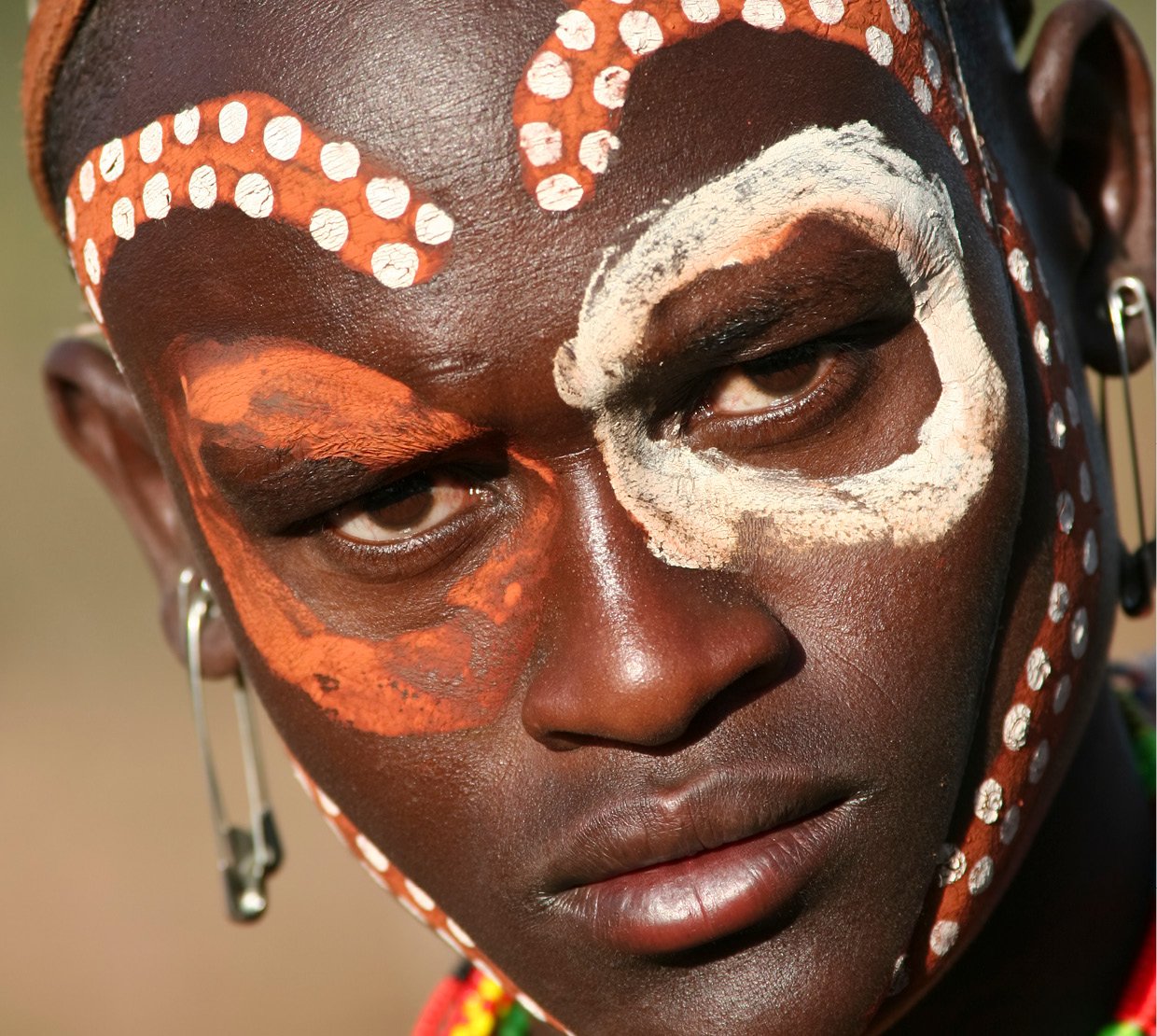

Ancient Egypt
- Masculinity was important in ancient Egyptian culture, and makeup actually played a big role in that. Men used black pigment to create cat-eye designs, lip and cheek stains made from red ochre were also popular.
- The purpose was not what it is today, to look more attractive. Black or green eyeliner was for example worn to communicate wealth and a status of power.
Ancient Rome
- Roman men were known to apply red pigment to their cheeks, lighten their skin with powder. They believed that fair and white skin represents wealth and high position.
- Roman men also painted their heads to disguise premature baldness.
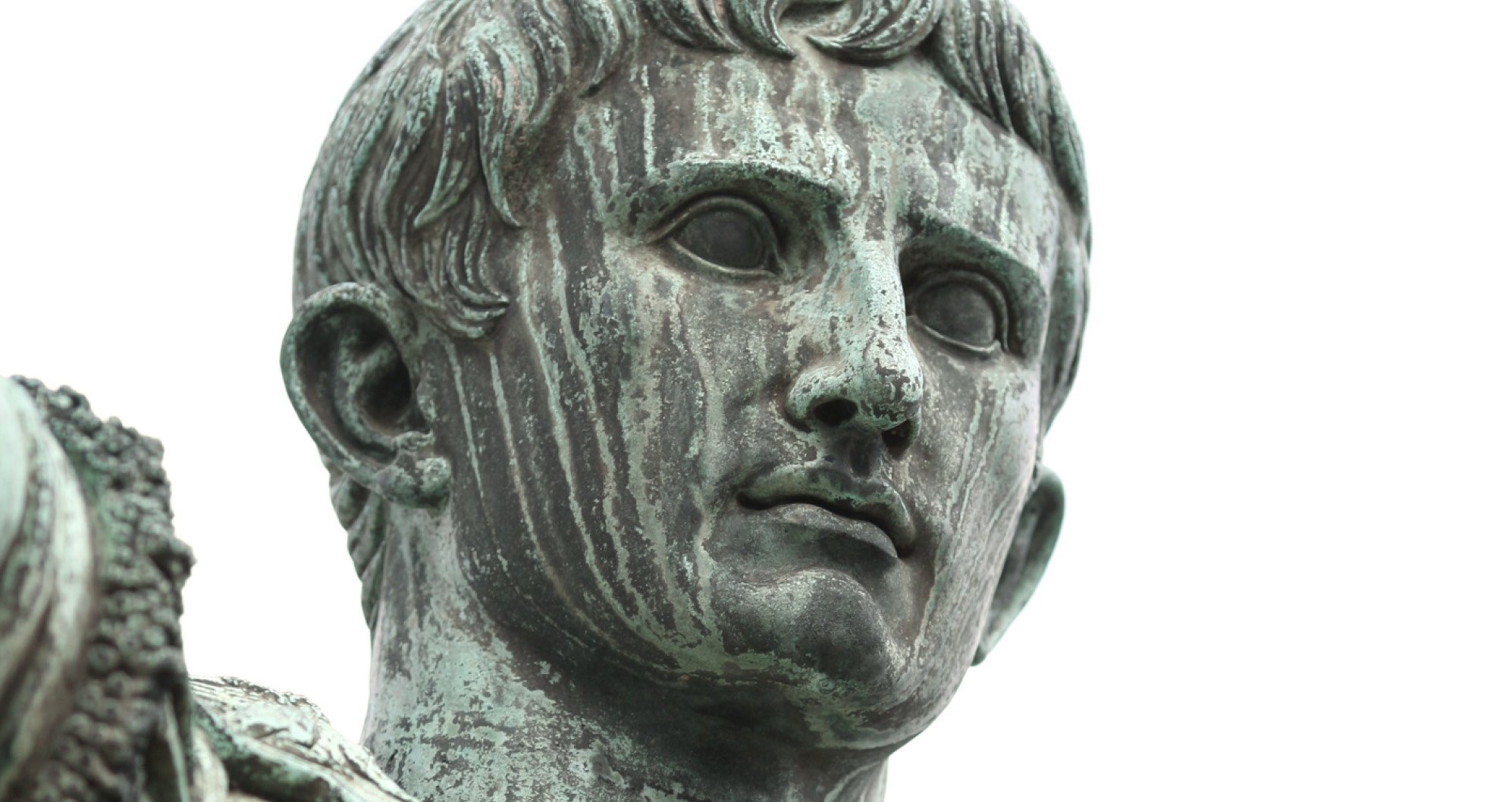
Elizabethan England
- During the rule of Queen Elizabeth I, makeup was wildly popular among men, who valued ghost-white powdered skin.
- This was also the era when face makeup was dangerously cakey and made with lead, which often caused serious health problems, including-but-not-limited-to premature death.
18th-Century France
- It’s no secret that King Louis XVI partook in the extravagance of makeup and hair products. Louis went bald at the age of 23 and subsequently forced the aristocracy of France into an obsession with wigs.
- Men of the royal court also painted on beauty marks, which paired nicely with their high heels and fur muffs.
1930’s Hollywood
- A turning point in male cosmetics was the arrival of the cinema. A side-parted Clark Gable encouraged the vanity of young males. Elvis Presley and John Travolta were rarely featured in a film without a comb and grease to fix their hair.
- Advertisers cottoned onto this opportunity pretty quickly and male-specific branding emerged, bolstering the male half of the cosmetics industry.
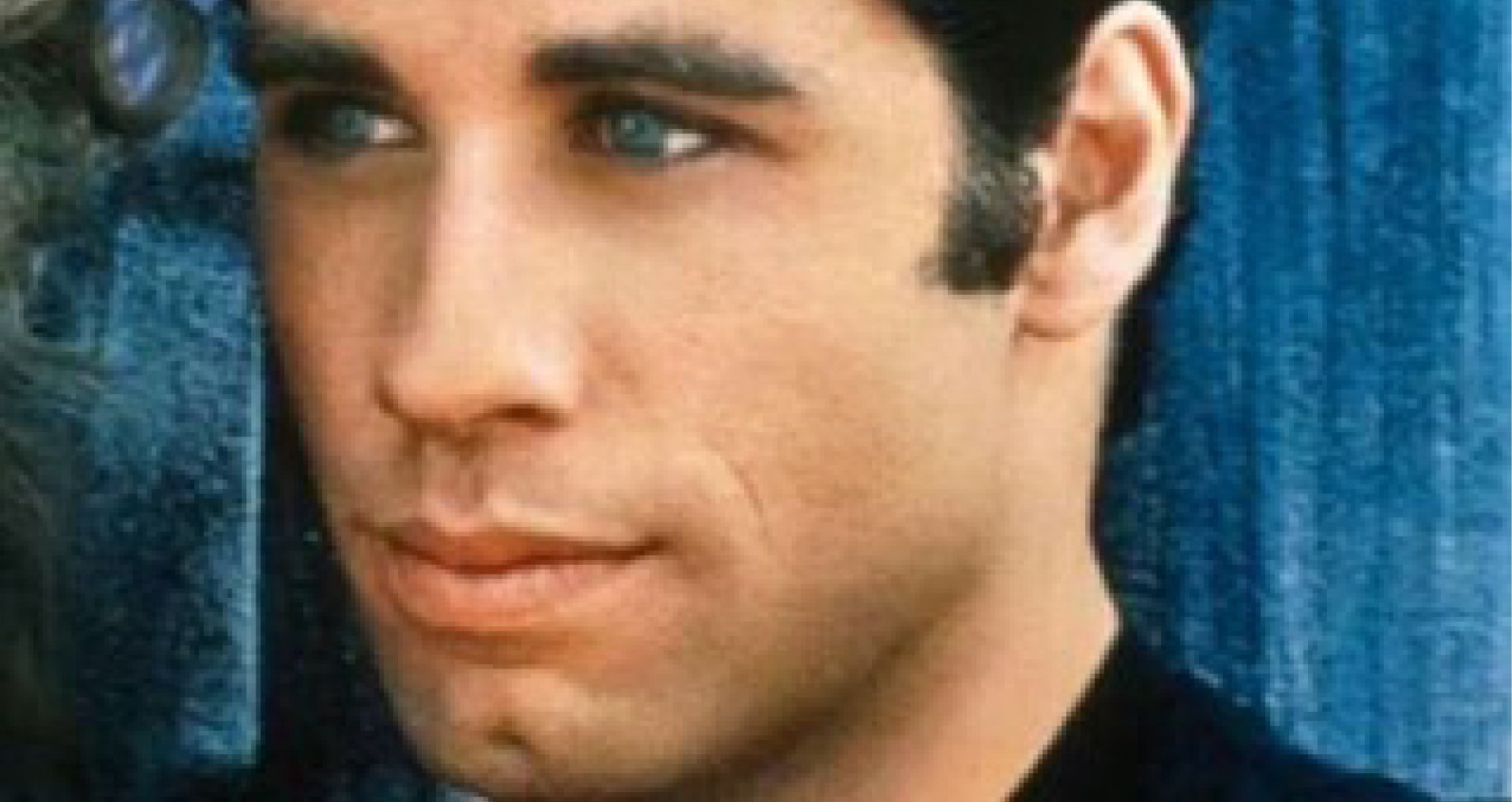
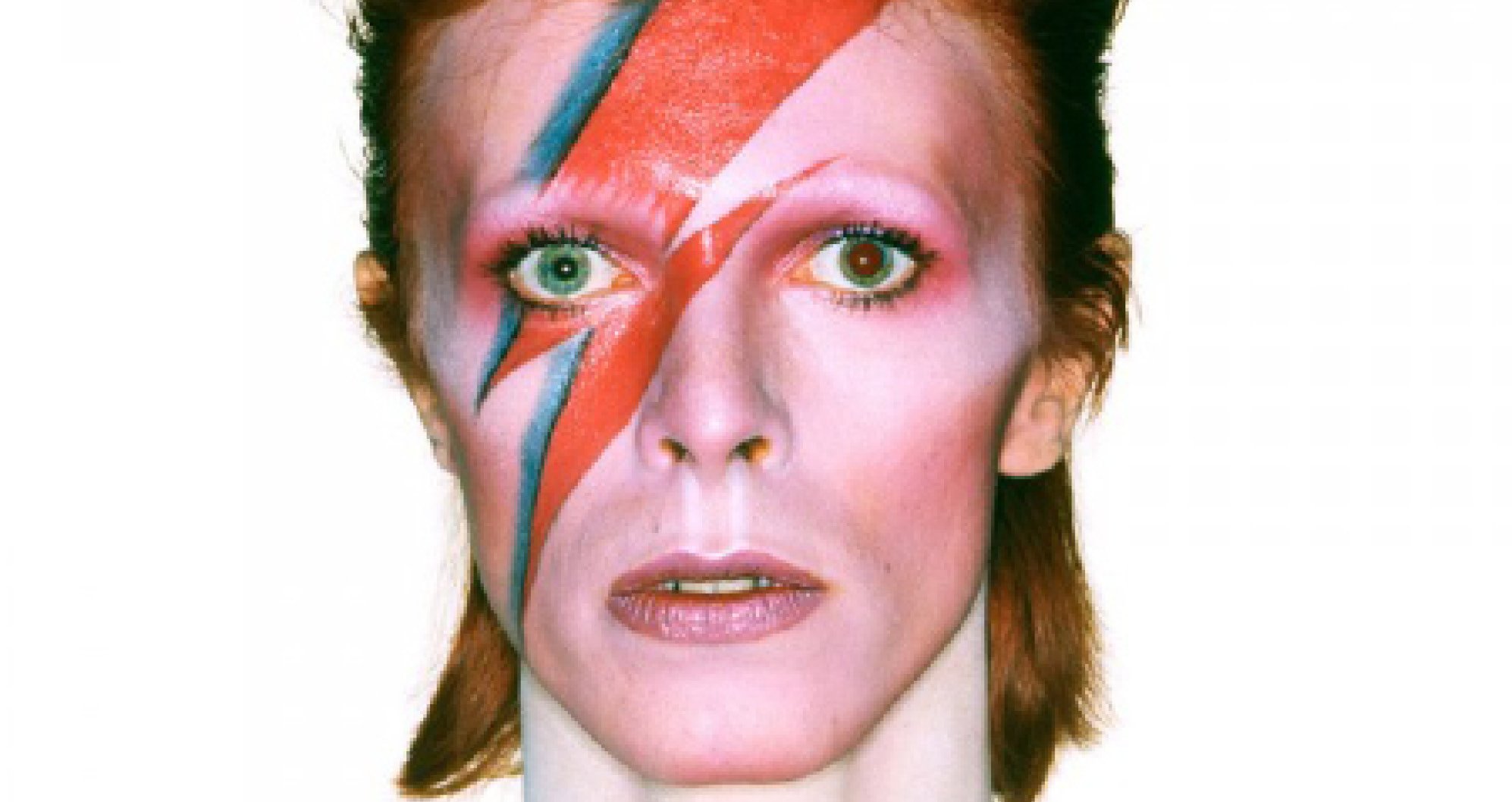
1970’s & 1980’s
- Makeup for men was hardly mainstream. Instead, it was reserved for the fringe: Artists and Rock ‘n’ Rollers like Steven Tyler, David Bowie and Prince.
- Around this time many of the most legendary male makeup artists began working in the field.
Early 2000’s
- As American pop culture figures began to embrace past subcultures in the early to mid-2000s, we were introduced to the concept of “guyliner.” This look was most popular among poppunk bands and their followers.
- The concept of “metrosexuality” also entered the cultural consciousness at this time and beauty brands began to release targeted “makeup for men.”
2010’s
- Social media has allowed male beauty gurus to share their artistic expression on a large scale, helping to break down centuries-old stereotypes.
- Major beauty companies like Covergirl and Maybelline took notice and announced the first male faces of their brands.
Today
- Skincare is much less stigmatized.
- Gender presentation becomes more and more flexible, makeup continues to slowly infiltrate some men’s everyday life routine.
… let‘s see what comes next!
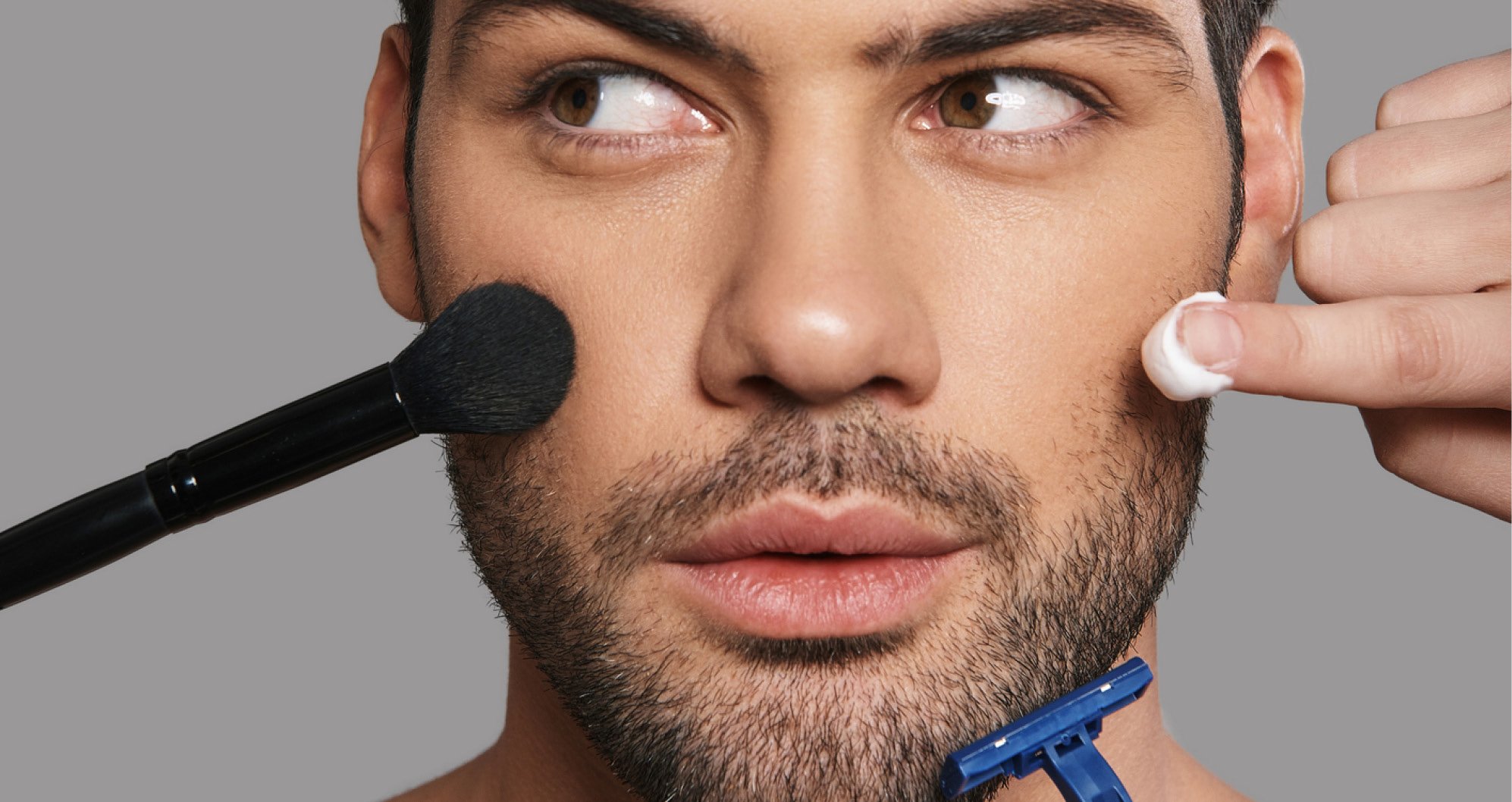
Your personal contact

Sandra Gut
Senior Application Laboratory Manager Cosmetics
RAHN (UK) Ltd.
